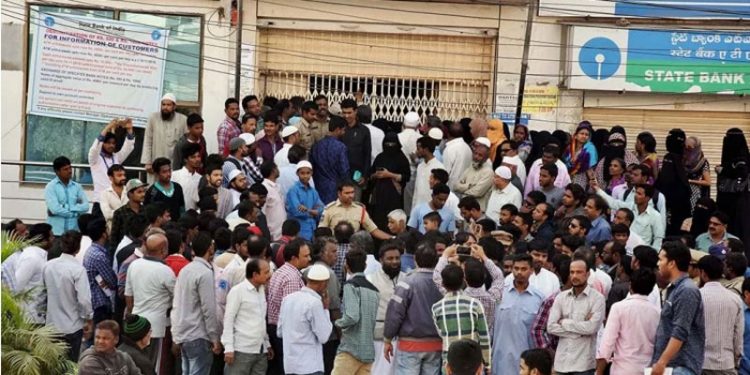The experiment called Demonetisation took place six years ago this day, 8 November 2016. Cash was abruptly turned to trash. The trademark suddenness of the announcement at 8 pm by PM Narendra Modi definitely had the country in shock. Citizens were unable to comprehend the impact this decision will have on their lives in the years to come. Everyone was gung ho on a buoyant Indian economy that seemed to be healthy and surging ahead without too much governmental interference till then. Enterprises were looking up and professionalism in corporate life and style was slowly creeping into Indian businesses. People at that time vividly remembered and discussed with pride how the Asian Tigers meltdown as also the 2008 Subprime lending crash in the US went totally unnoticed in the Indian market. The economy of this country had inbuilt resilience strong enough to withhold major international economic failures by virtue of a system that had cash as its core strength. When that cash was abruptly turned into trash, the follies of that decision are being suffered by the people of this country even now. It is also impossible to predict how long the negative impact of Demonetisation will prevail in India.
A recent Reserve Bank of India (RBI) report published in October 2022 states that a new high of Rs 30.88 lakh crore of paper currency is presently being held by Indians today. The report also states that this is the largest amount of cash ever to be with citizens. It is noteworthy that the same RBI, on 4 November 2016, four days prior to Demon, had reported that a total of Rs 17.77 lakh crore paper currency was being held by citizens. The present cash holding is 72 percent higher than 2016.
The RBI should know because, as the Central bank, it is the sole authority empowered to print cash. The same RBI had, after Demonetisation, stated that 100 percent cash of the Demonetised valuations had returned to its coffers.
The announcement of Demonetisation had spelt out a few anticipated results of the dramatic step. The first and most important being that the action will completely destroy black money being hoarded by the rich. The second was that counterfeit currency being printed in Pakistan and used for encouraging terror activities will be completely nullified. Many other brave claims followed suit. Then followed the dark days after 8 November 2016 when anyone who raised doubts on the decision was labelled either an anti-national or a hoarder of black money.
The poor and the blue and white collared working class were pleased that the rich will suffer while others will get a better deal. Economy was used not only politically to gain an edge over rival parties in the early 2017 Uttar Pradesh Assembly election but society too was sharply divided on immature presumptions on who could be in possession of cash and who did not have it. The initial and instant sufferings, obviously, took toll of the self employed and the micro, small and medium industries. In other words the entrepreneurial class was wiped out with one single decision.
It has taken time for the mammoth Indian economy to feel the blow of Demonetisation. While earlier international economic turmoil could not touch India, the decision of Demonetisation and the after effects that had been dealt with confusion and without proper policies are just starting to be felt now. Six years later. No one can predict for how long the ill effects of that announcement of 8th November of 2016 will continue to hamper the growth of India.






































